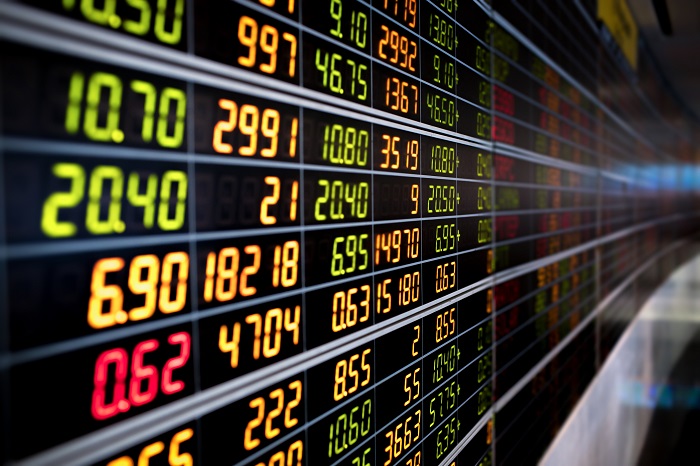Unilever is a consumer goods company. Co.'s segments are: Beauty and wellbeing, which is primarily in the sales of hair care (shampoo, conditioner, styling), skin care (hand and body moisturisers) and includes Prestige Beauty and Health and Wellbeing; Personal Care, which is primarily in the sales of skin cleansing, deodorant and oral care (toothpaste, toothbrush, mouthwash) products; Home Care, which is primarily in the sales of fabric care (washing powders and liquids) and a range of cleaning products; Nutrition, which is primarily in the sales of scratch cooking aids (soups, seasonings), dressings and tea products; and Ice Cream, which is primarily in the sales of ice cream products. We show 1 historical shares outstanding datapoints in our UL shares outstanding history coverage, used to compute UL market cap on those dates.
Understanding the changing numbers of shares outstanding, the changing
share price, and the resulting changing UL market cap history over the course of time is important for investors
interested in comparing UL's market cap history versus its peers.
Many "beginner" or "novice" investors will look at one stock trading at a price of $10 per share and another trading at
a price of $20 per share and think the latter company is worth twice as much. Of course, that is a completely meaningless comparison without also knowing how many shares outstanding there are for each of the two companies,
and then calculating their respective market caps. Comparing the share price of UL versus a peer is one thing; comparing
UL market cap versus a peer is a completely different story.
Furthermore, via fluctuation both in per-share price and in the number of shares outstanding (via issuance of new shares over time, the repurchase of existing shares),
the market cap for a company like UL can fluctuate over the course of history.
With this page we aim to empower investors researching UL by allowing them to research the UL market cap history. |
